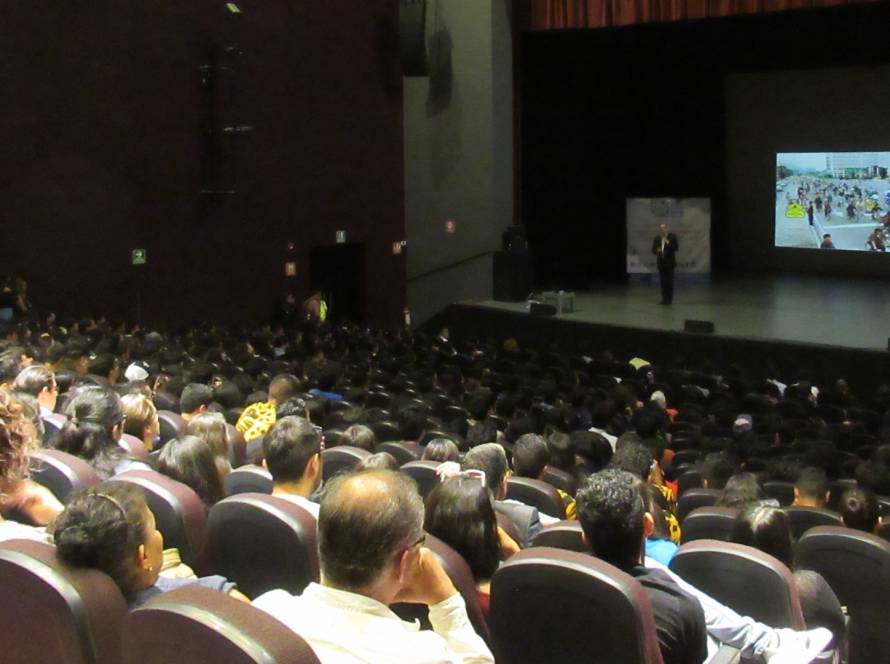Key Takeaways
- We shape our environments and they, in turn, shape our behaviours, health, and social systems.
- Five‑Stage Virtuous Cycle for Impact:
- People with a shared purpose
- Ideas that reframe challenges as opportunities
- Projects to prototype and learn
- Capabilities to institutionalize methods
- Leadership to share and scale insights
- Only 4% of public spending targets environmental and behavioural drivers of health, despite those factors driving 60% of outcomes.
- Design is not neutral. Environments can either enable or hinder behaviours that support health and well-being.
Summary
- The Anthropocene marks an era where cities drive planetary change and suffer its consequences (sea‑level rise, migration shifts).
- 60% of premature deaths are shaped by behaviour and surroundings, yet public investments still focus overwhelmingly on reactive healthcare rather than proactive, environment-based prevention.
- Instead of viewing social and ecological responsibility as a burden to business, it should be embraced as the value proposition of modern enterprises.
- Five Drivers for Systemic Change in the Built Environment:
- Build a constituency of purpose‑driven people: professionals, clients, communities, and stakeholders who care deeply about impact.
- Generate innovative ideas across disciplines: encourage radical innovation, and frame social/environmental challenges as design opportunities.
- Projects: embed these ideas in real-world prototypes and retrofits. Think small-scale but high-impact interventions.
- Develop capabilities: Institutionalize what you learn; build playbooks, toolkits, and methodologies that others can adopt.
- Cultivate leadership that openly shares results and scales impact: systems change only happens through open-source mindsets and intentional storytelling.
- Incremental Positive change
- Big World Problems: Issues like climate change, social equity, mental health, cultural alienation, etc., seem daunting to citizens/individuals as one thinks they alone won’t be able to tackle it or change it. However, individual day-to-day impacts do have a huge impact on that environment.
- Upfront investment in well‑being yields downstream savings in healthcare, social services, and disaster recovery.
How can Cities apply these learnings?
- Embed Health in Planning:
- Treat streets, parks, and buildings as preventive health infrastructure.
- Map health outcomes to environmental factors like green space access, air quality, or active transit availability.
- Make Health Impact Assessments (HIAs) mandatory for major developments and infrastructure projects.
- Encourage or require B Corp or equivalent certifications for local firms and developers.
- Embed Health in Planning:
Suggested readings
- Schroeder, S. A. (2007). We can do better — Improving the health of the American people. *New England Journal of Medicine, 357*(12), 1221-1228. https://doi.org/10.1056/NEJMsa073350
- Good is the New Cool: How to Market Like You Give a Damn – Book by Afdhel Aziz and Bobby Jones.


